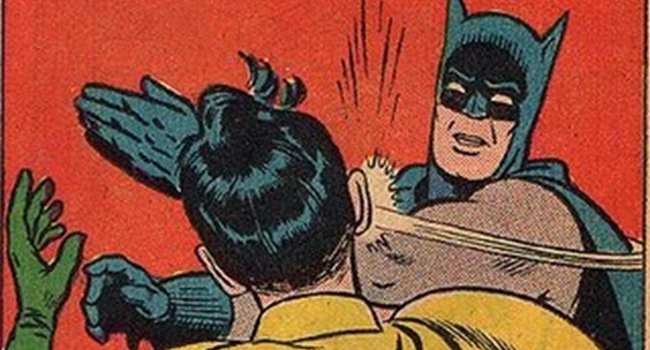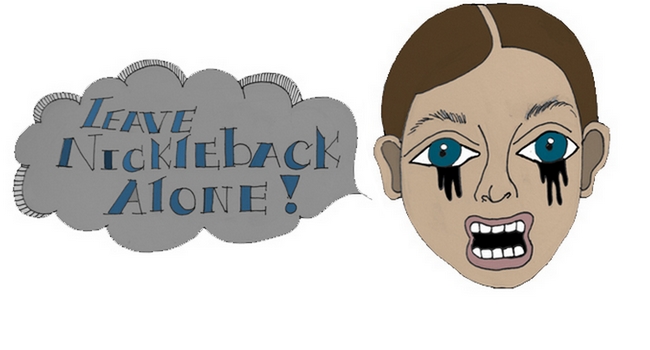He wasn’t even on the front of the album. In the photo shoot for what would become the album to define his career, he would be pushed onto the left side of the landscape, effectively erasing him from most casual buyers’ thoughts. He was not going to be a selling point, despite being the second biggest, well, first if you’re judging by sheer mass, member of what would become one of the greatest rock n’ roll bands of all time. He was, to everyone that didn’t really listen, completely unimportant.
But to those who did listen, Clarence Clemons was almost more important than Bruce Springsteen himself.
Steve “Little Stevie” Van Zandt can hold his head high for being an integral part of Darkness On the Edge of Town. Roy Bittan can claim his place as the missing piece of the puzzle. Danny Federici and Gary Tallentt occupy the same “Original E Street” status Clemons carries. But none rivaled The Big Man, the swagger of jazz that imbued every note of Springsteen’s greatest album.
Springsteen once said that in his effort to create a new form of rock, he sought Clemons because he had never really thought of sax as a rock instrument. And it’s not. But of all the monolithic men, hooks and riffs scribbling their histories into the great bible of America’s greatest rock band, Clemons was what made Bruce Springsteen different than Jackson Browne, The Band, The Allman Brothers, or anybody else that would come after.
The first time listeners hear Clemons’ sax on Born To Run, they have already heard four minutes of heart-racing rock n’ roll. But the moment Springsteen howls “I’m pullin’ out of here to win” and the breakdown hits, listeners are thrust into the world unlike any you’ve ever seen before, whether you grew up on the New Jersey boardwalk or not.
The piano follows Clemons’ every note during that breakdown, but that mirroring is almost like a chain, restraining the rabid dog that is that beautiful tenor sax from unleashing itself too early and unveiling the album’s secrets prematurely.
Clemons was often leashed during Springsteen songs, brought in to oomph everything forward past the 82 mph mark like no other instrument could.
I never got to see the E Street Band in concert. I never will, with the loss of Federici and now Clemons. But my dad did, and I can remember his story about September 14, 1985 at the Cotton Bowl in Dallas. He and my mom got the best seats they could, so my dad could see Roy Bittan on the keyboards. He described, however, experiencing a wholly different instrument – Clemons’ sax. As the band raced into the bridge of “Born To Run,” my dad can recall my mother beckoning him to look back, because at that moment the bleachers rising above the field had begun to sway with the crowd’s frantic movement.
But my dad couldn’t take his eyes off of the true rock spectacle – a man at peace with his instrument, commanding it as if it were an extension of him. This was the magic of Clemons, and it puts him in such stratospheric conjunction as to be mentioned alongside Jimi Hendrix, Miles Davis and Freddie Mercury.
Clemons was meant to stand to the immediate left of The Boss and step forward when his name was called and tear up rock reality with one of the most underappreciated instruments of all time. On June 18, Clarence Clemons died. There is no proper way to memorialize such a loss, since he will forever be known, then forgotten as one of the greatest “X” factors in all of rock history. But that’s what he was.
Bruce Springsteen is just another cocksure rock star without The Big Man. He was the Gospel to Springsteen’s preacher, the R&B to his soul, and the power behind the voice.
We will never see the E Street Band again, even if they continue to tour. I will never see them, period. Instead, all we have left to fully realize Clemons is his body of work. And as fitting a memorial as this writer can possibly give, I offer you this: “Jungleland,” and a moment so profoundly moving it could only have come from the instrument of one singular human being.
Goodbye, Big Man.
http://youtu.be/FYfVz-w32Os



